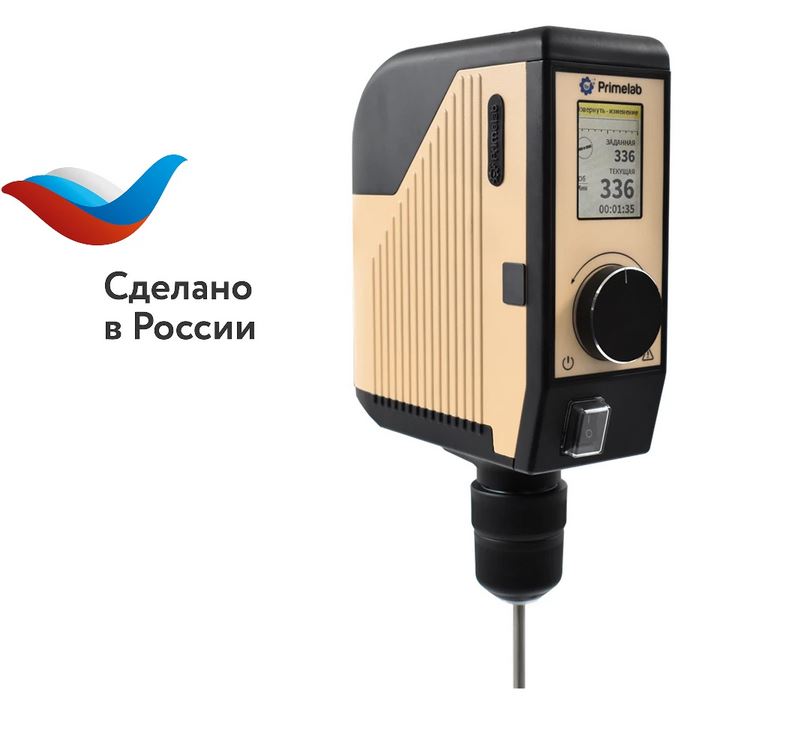Catalog
Search
436 products
View:
- Selected: 1Areas of use
- Selected: 0Item names
- Selected: 0Manufacturer
- Selected: 0Made in
- Selected: 0Additional
View:
436 products

Pestle for homogenization 1.5-2.0 ml.
from
450 ₽
Pestles for homogenization
For suspension in test tubes of 1.5/ 2.0 ml, 10 pcs. in the package
Compatible with electromechanical drive for pestles
Analog: SSI
Material of manufacture: PP
Packing: 10 pieces.
VIS MED
Berdsk
Produced in: Berdsk, Novosibirsk region
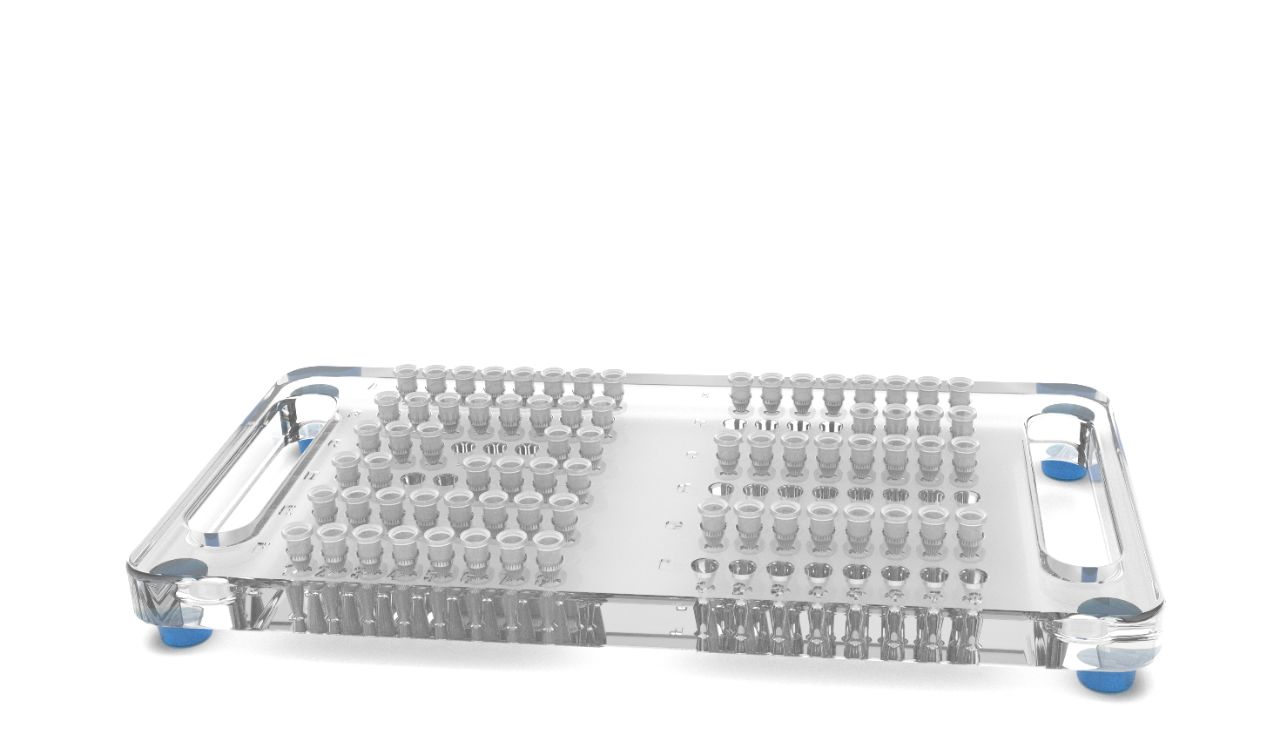
Tripod "workplace" for single and stripped 0.2 ml tubes, 96 seats (plexiglass)
Material of manufacture: Plexiglass
Product Color: Transparent
Tripod legs: rubber (to prevent sliding)
For test tubes: 0.2 ml.
VIS MED
Berdsk
Produced in: Bryansk, Novosibirsk region
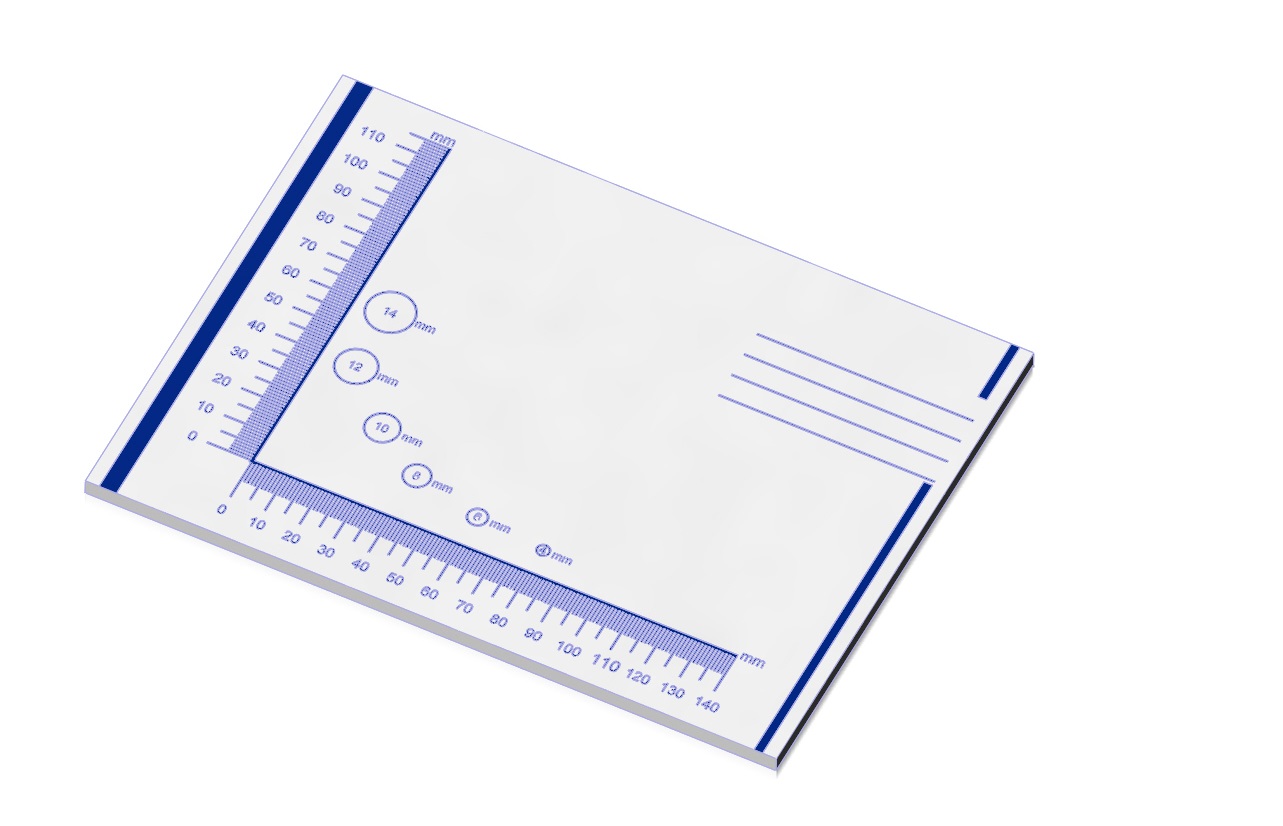
Disposable board for anatomical specimens 150*200 mm
from
2 500 ₽
Disposable boards for cutting anatomical specimens 150*200 mm.
Made of foam cardboard, according to their characteristics, they replace boards for cutting anatomical samples from other materials without loss of quality.
They are convenient and easy to use and dispose of.
The surface structure (coated coating) prevents the sample from sliding when cutting.
It is possible to manufacture in various versions according to the customer's layout.
The configuration of the product has a millimeter scale with digital markings:
vertically and horizontally, circles of different diameters are applied
, and a field for recording information is also provided.
Color: White
Size: 150*200 mm.
Packing: 1/5/15/ 20 pieces
Material: Foam board
VIS MED
Berdsk
Produced in: Berdsk, Novosibirsk region
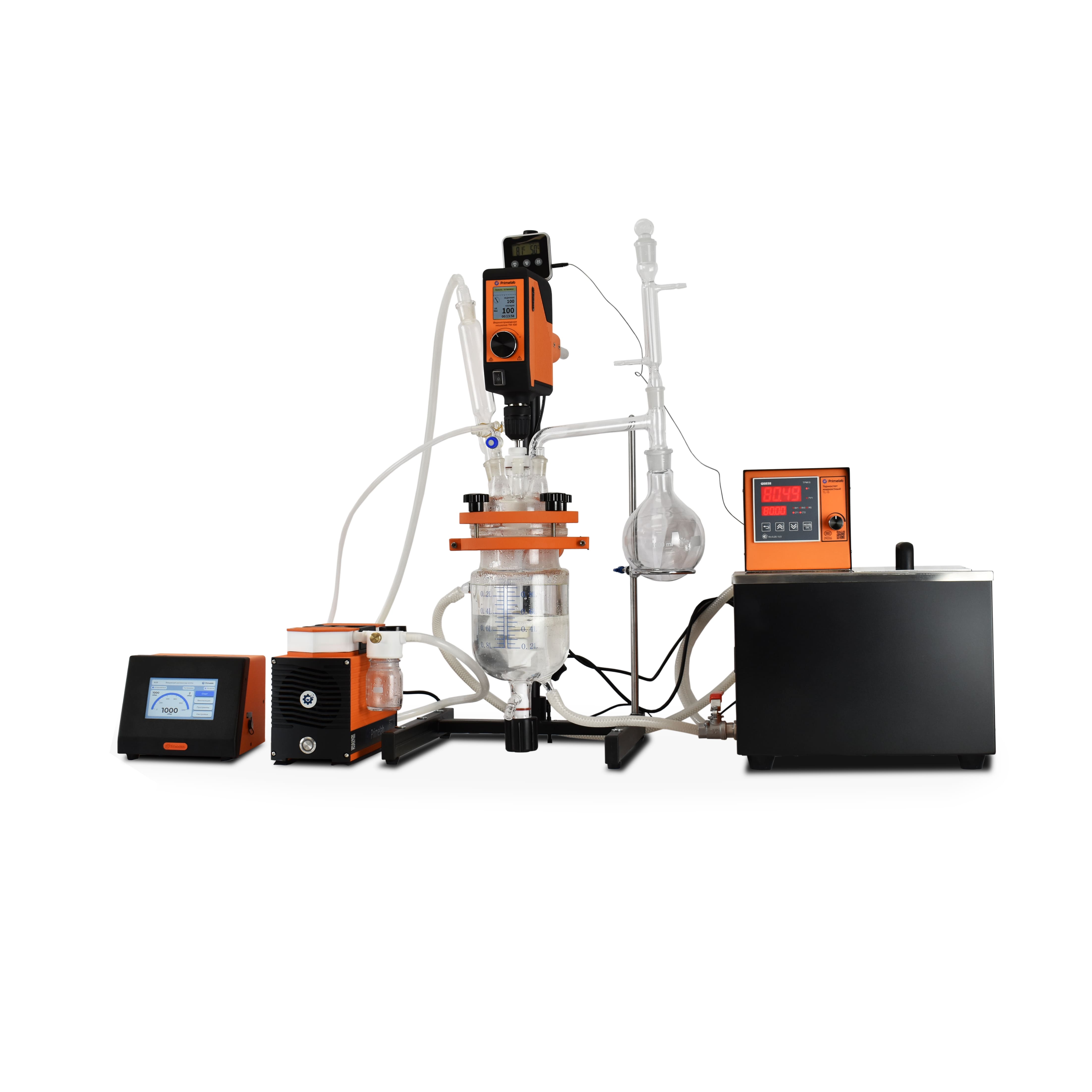
RP 1L Reactor System by Primelab
Universal system for chemical synthesis and emulsification
RP 1L Reactor System by Primelab
A complete laboratory in a single package — everything required for reactions, emulsification, vacuum processing, and temperature control.
Ready-to-use system — no additional equipment purchases needed.
100% chemical resistance — all contact surfaces are made of borosilicate glass and PTFE.
Russian-made — guaranteed quality and easy access to spare parts.
Complete set includes:
1.1-liter reactor vessel
o Material: borosilicate glass
o 6 standard joints for connecting equipment
o Jacket for circulating heat transfer fluid
2.Top-drive stirrer TM-100 Primelab
o Power: 105 W, speed range: 20–3000 rpm
o Modes: reverse, shaker, timer
o Handles viscosities up to 60,000 mPa•s
3.Liquid thermostat Primelab
o Range: up to +200°C
o Temperature stability: ±0.1°C
4.Vacuum module
o Membrane pump PL.HM01.01.10 (chemically resistant)
o Digital vacuum controller VC-Pro Primelab, range 1–1000 mbar
o Trap with gauge Primelab (borosilicate glass, PTFE)
5.Additional accessories
o Liebig condenser with vacuum port
o Dropping funnel
o Stirring rod
Technical specifications
Parameter: Value
Total system volume: 1.5 L (working volume 1.0 L)
Max operating pressure: 1.5 atm
Temperature range -20°C to +100°C
Stirring speed: 20–3000 rpm
Vacuum Down to 5 mbar (residual)
Dimensions: 400×300×600 mm
Weight: 12 kg
Key advantages
✔ Easy to use
✔ Safe operation
✔ Scalable
Areas of application
• Organic synthesis
• Pharmaceutical development
• Production of emulsions and suspensions
• Pilot testing before scale-up
• Scientific research
Primelab
Mytishchi
Produced in: Mytishchi, Moscow region
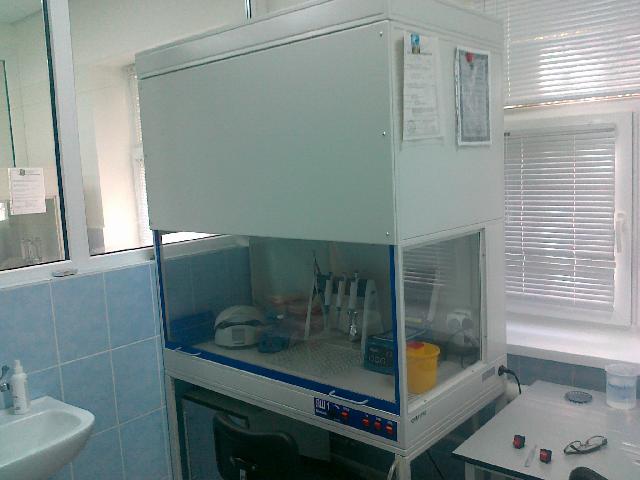
LB-1 laminar microbiological safety box
1 supp.
• OKP code 94 4370
• The color of the box is resistant to treatment with desolutions.
• Number of filtration degrees: 1 or 2
• Pre-filter class according to GOST R 51251-99: G4
• HEPA filter class according to GOST R 51251-99: N14
• The degree of purification of the emitted air from suspended particles larger than 0.2 microns: 99.995%
• Air purity class of the working area according to GOST R ISO 14644-1-2002 (by particles 0.5 microns): 5ISO
• Protection class (according to WHO classification): IIA
• Total air capacity: 1350 m3/h
• Capacity for air entering the working chamber of the box: adjustable, from 400 to 900 m3/h
• Recycling rate: 80%
• The air flow rate in the working area is adjustable: from 0.2 to 0.45 m/s
• The internal chamber of high pressure is surrounded on all sides by zones of low pressure relative to atmospheric
• Power of the UV lamp of the working chamber: 30 W
• Sound power level of the laminar box: no more than 57 dBA
• Illumination of the working area of the laminar box: at least 1000 Lux
• Shadowless lighting of the working area of the laminar box
• Suspended front window with lifting and stopping at any level
• The control panel is located outside the working area, which provides easy access during repairs and no contact with potentially dangerous agents in the duct system and air purification
• Sockets in the work area: 2 pcs
• Power consumption: 210W
• Weight of the box: no more than 120 kg
• Dimensions of the working chamber of the laminar box (WxDxH): 1160x570x630 mm
• External dimensions of the laminar box (WxDxH): 1200x670x1270 mm
• Equipped with a stand table
• Dimensions of the stand (WxDxH): 1200x670x650 mm
• Continuous operation time is unlimited
• Warranty period: 18 months from the date of delivery and acceptance of the product
• Package dimensions (WxDxH): 1290x780x1370 mm
Prointekh
Pushchino
Produced in: Moscow region, Pushchino
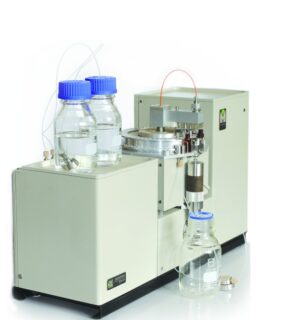
Chromatograph Milichrome A-02
Overall dimensions: 550x230x350 mm
Weight (without computer): ~17 kg
Power consumption: up to 200 watts
Warranty service : 1 year
Detector
Two-beam spectrophotometer
Spectral range – 190-360 nm
Simultaneous detection at 1-8 wavelengths
Cell volume – 1.2 µl
Noise <0.0001 E.O.P. at 250 nm
Drift <0.00005 E.O.P./hour at 250 nm
Column
Ø2x75 mm stainless steel
The efficiency of the column is up to 6000 theoretical plates
Thermostat
Solid-state electric
Set temperature from 35 to 90°C
The discreteness of the temperature setting is 1 °C
Temperature control error ±0.3°C
Pump
Two-pronged, gradient
The feed rate is from 5 to 1000 µl/min, the
maximum pressure is 70 atm
. The gradient is formed from 1 to 20 linear sections
Automatic doser
Automatic, programmable
Number of test tubes – 46
The number of analyses in the series is from 1 to 200
The dosed volume is from 1 to 99 µl
Test tubes made of glass with a volume of 200 µl
Polyethylene tube stoppers
Software
OS: Windows® XP/7/10
Milichrome A-02™, Multichrome™, Alphachrome, Alphaspectrum
EkoNova
Novosibirsk
Produced in: Novosibirsk
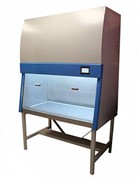
Biosafety cabinet BA-Safe 150
Biosafety cabinet Belaquilon BA-safe 150 (for biological protection).
The Class II Type A2 biological safety cabinets are designed to reduce the risk of infection to the operator during work with dangerous or potentially dangerous microorganisms and to protect the specimen, is the result of the production of biological safety cabinets based on user feedback.
Technical specifications
Voltage, frequency,
230V ±10%/Hz
Engine
1-phase 230 V, 50 Hz, speed 1150 rpm
UV lamp
TUV UV lamp, UV lamp timer, 6000 hours of operation
Wavelength 254 nm
Number of LEDs, pcs
at least 380
Lighting power, 55 W
Work area illumination
at least 1500 lux, brightness adjustable, color of luminous flux 6000 K (cold white light)
Internal dimension of the working area, at least 1530×504 mm
Working height of front screen elevation, 200 mm
Max. height of front screen elevation, 510 mm
Frontal screen position alarm
Audible position warning.
Warning appears on display
Outer dimension, mm
1668.5x766.2x1506.6
Height of base, mm
690
BELAKVILON
Minsk
Produced in: Belarus, Minsk
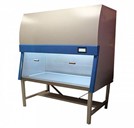
Biosafety cabinet BA-Safe 180
The Class II Type A2 biological safety cabinets are designed to reduce the risk of infection to the operator during work with dangerous or potentially dangerous microorganisms and to protect the specimen, is the result of the production of biological safety cabinets based on user feedback.
Technical specifications
Voltage, frequency,
230V ±10%/Hz
Engine
1-phase 230 V, 50 Hz, speed 1150 rpm
UV lamp
TUV UV lamp, UV lamp timer, 6000 hours of operation
Wavelength 254 nm
Number of LEDs, pcs
at least 380
Lighting power, 55 W
Work area illumination
at least 1500 lux, brightness adjustable, color of luminous flux 6000 K (cold white light)
Internal dimension of the working area, at least 1830×504 mm
Working height of front screen elevation, 200 mm
Max. height of front screen elevation, 510 mm
Frontal screen position alarm
Audible position warning.
Warning appears on display
Outer dimension, mm
1968,5х766,2х1506,6
Height of base, mm
690
BELAKVILON
Minsk
Produced in: Belarus, Minsk
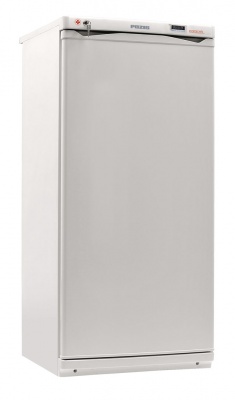
HK-250-2 POZIS Blood storage refrigerator
from
32 621 ₽
Refrigerant
R600a
Total volume, l.
250
Number of compressors, pcs.
1
Height, mm
1300
Depth, mm
610
Width, mm
600
Weight, kg., no more
50
Rated power consumption, W
200
Maximum rated power, W
225
Voltage,
220 V
Warranty,
1 year
Final report on pre-qualification for compliance with the requirements of Good Practice of the EAEU Distribution: yes
Cold storage
Auto refrigerator defrosting system
Temperature in the refrigerator, °C
+2...+6
Accuracy of temperature maintenance
±2°C
Thermal card: yes
Efficiency and energy consumption
Electricity consumption, kWh/day, no more
than 0.74
Climate class
UHL 4.2 (i.e. for moderate and cold climate)
Frequency, Hz
50
Approximate dimensions of the product with packaging
Net weight of the product, kg
49
Gross weight of the product, kg
52.5
Volume of packaging, m3
0,557
The length of the package, m
0.65
The width of the package, m
0.63
The height of the package, m
1.36
POZIS
Зеленодольск
Produced in: Zelenodolsk, Tatarstan

Biosafety cabinet BA-Safe 90
Distinctive features of biological safety cabinet of ODO "BELAKVILON"
four versions with different working area widths: 90, 120, 150, 180;
ease of operation and ease of operation;
highly efficient shadowless diffused panoramic illumination of increased brightness (at least 1500 lux) with brightness adjustment for comfortable operation;
a stable air barrier and a constant downward flow in the work area ensures maximum protection of personnel and the sample. These conditions are constantly monitored by automation;
the front screen is made of 6 mm tempered glass with 2 handles and a tilt angle of 10°, with 20 cm (available 16– 25 cm) working lifting height;
the front working glass has no edge, which allows you to observe the working process without interference;
availability of all spare parts in stock (including metal body panels and glass).
BELAKVILON
Minsk
Produced in: Belarus, Minsk
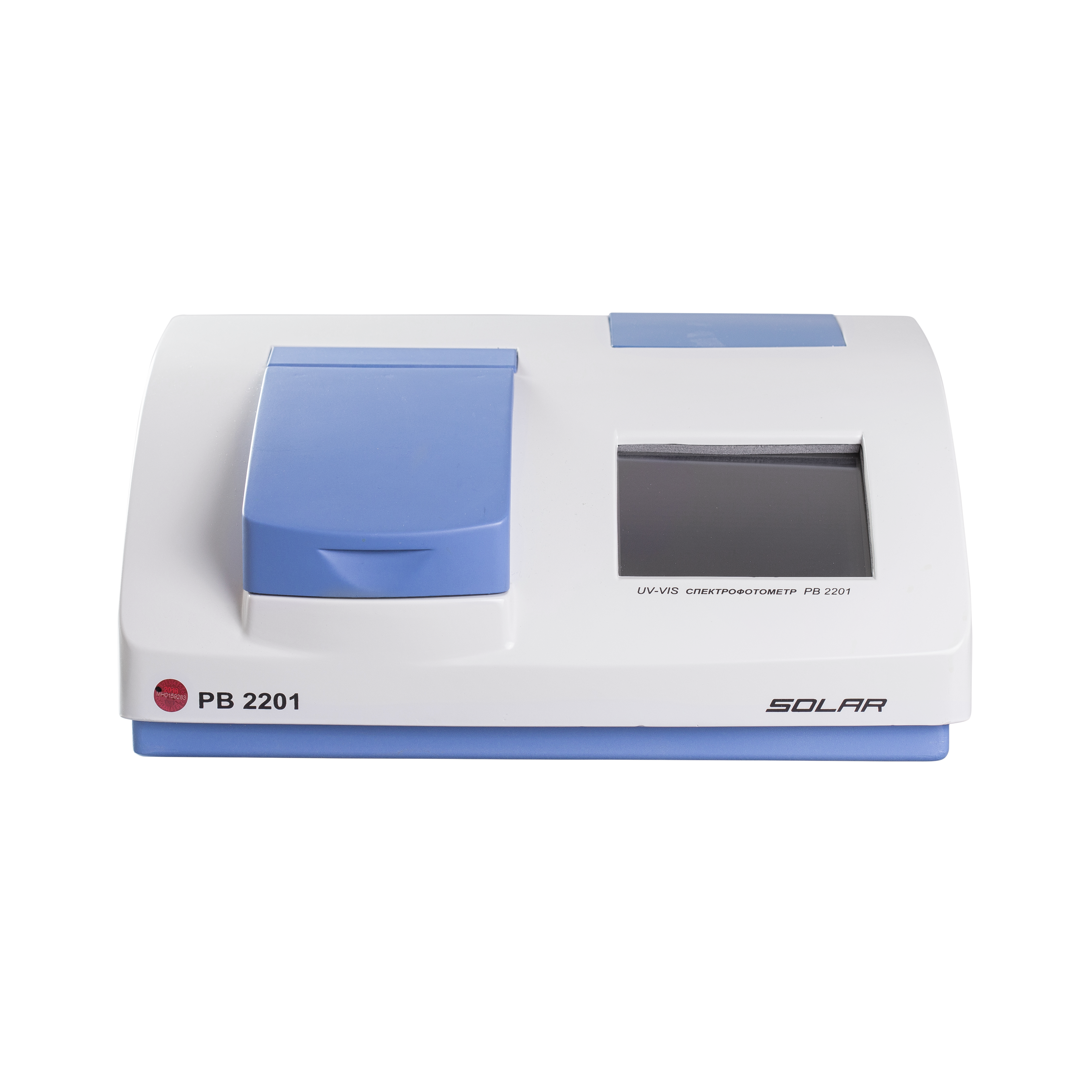
Spectrophotometer UV-VIS PB2201
1 supp.
Measuring functions
Measurement of absorption, transmission, and reflection spectra
Measurement of optical density, transmission coefficient and reflection coefficient at fixed wavelengths
Determination of concentration at one, two, three wavelengths by factor, standard, schedule
Multi-wave kinetic measurements
Determination of concentration by programmed methods
Calculation of color and chromaticity coordinates
UVI spectrophotometers "SOLAR" operate in the ultraviolet, visible and near infrared regions of the spectrum. They are used in scientific laboratories, healthcare institutions, veterinary medicine, pharmaceuticals, ecology, biology, etc., in laboratories for quality control of products and raw materials in various sectors of the economy (industrial enterprises, agriculture, food industry, etc.)
Removable cuvette holders and set-top boxes
Accurate measurements
Cost-effectiveness
Touch screen
Built-in printer
Software support
SOLAR
Minsk
Produced in: Belarus, Minsk
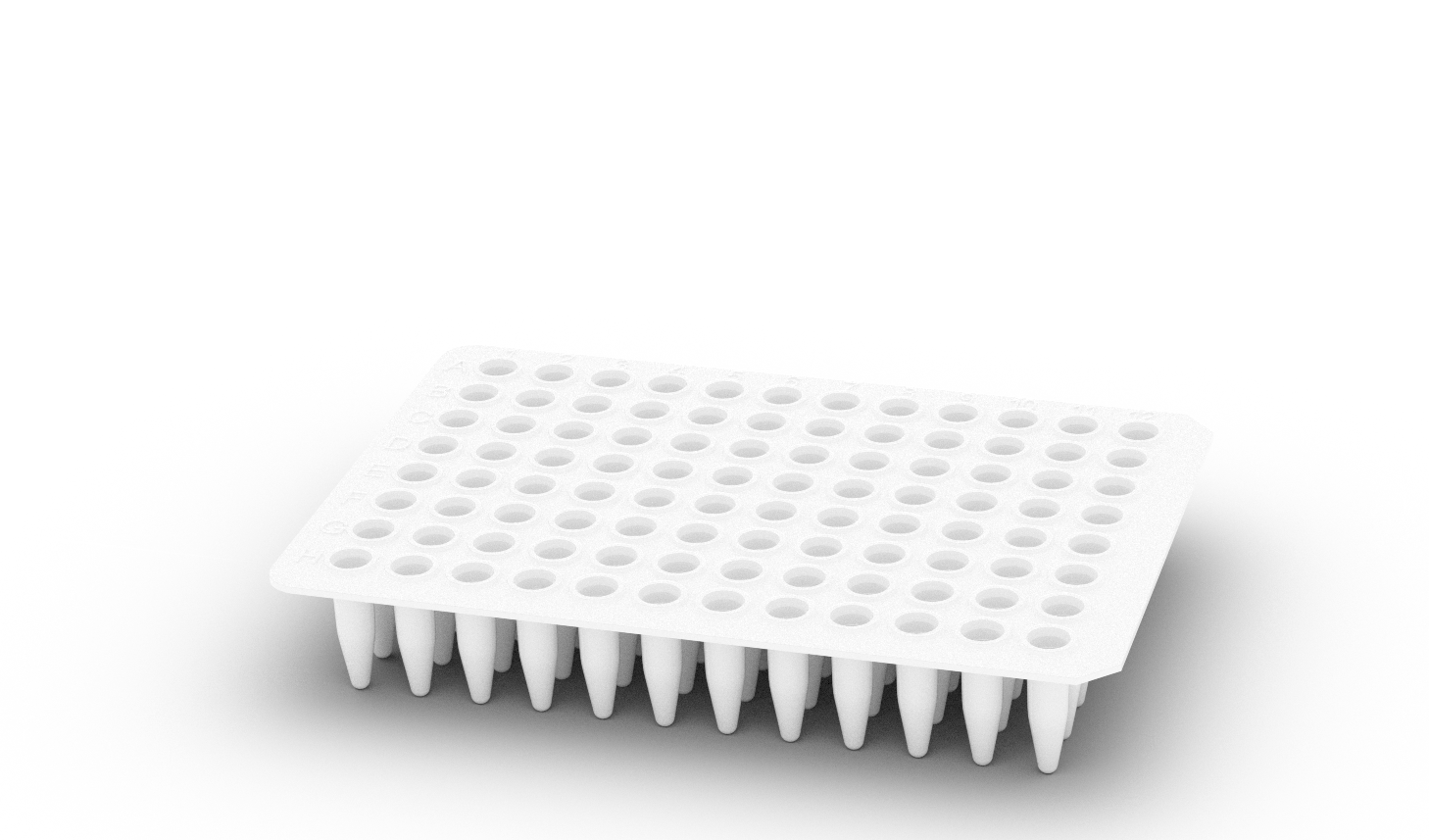
PCR TABLET FOR 96 WELLS 0.2 ML., WITHOUT SKIRT, STANDARD PROFILE (WHITE)
from
1 600 ₽
PCR tablet for 96 wells 0.2 ml., without skirt, standard profile (White)
VIS MED
Berdsk
Produced in: Berdsk, Novosibirsk region
